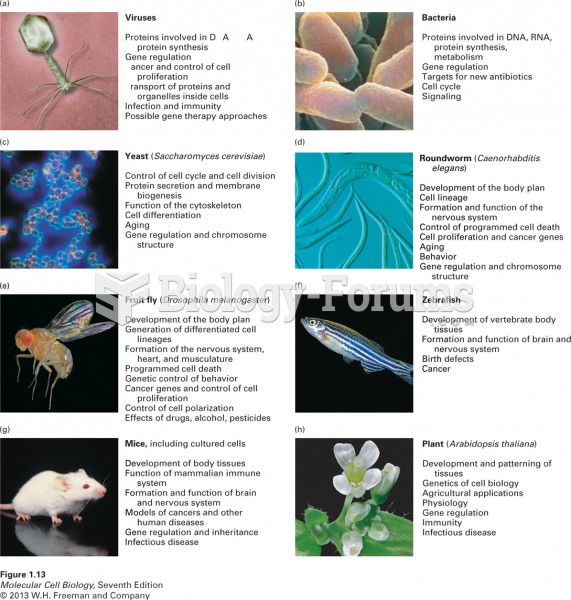Answer to Question 1
ANS: D
Three essential elements of experimental research are random assignment of subjects to groups, researcher-controlled manipulation of the independent variable, and researcher control of the experimental situation and setting.
All research would try to prevent attrition. Three essential elements of experimental research are random assignment of subjects to groups, researcher-controlled manipulation of the independent variable, and researcher control of the experimental situation and setting.
This is not a component of an experimental design. Three essential elements of experimental research are random assignment of subjects to groups, researcher-controlled manipulation of the independent variable, and researcher control of the experimental situation and setting.
A convenience sample is not desired in an experimental study. Three essential elements of experimental research are random assignment of subjects to groups, researcher-controlled manipulation of the independent variable, and researcher control of the experimental situation and setting.
Answer to Question 2
ANS: D
Although internal validity should be a concern in all studies, it is addressed more frequently in relation to studies examining causality than in other studies. Quasi-experimental is the only causal design choice for this question.
When causality or prediction is not of concern in a study, threats to internal validity are not of as much concern. Although internal validity should be a concern in all studies, it is addressed more frequently in relation to studies examining causality than in other studies. Correlational design is not a causal study design.
When causality or prediction is not of concern in a study, threats to internal validity are not of as much concern. Although internal validity should be a concern in all studies, it is addressed more frequently in relation to studies examining causality than in other studies. Descriptive design is not a causal study design.
When causality or prediction is not of concern in a study, threats to internal validity are not of as much concern. Although internal validity should be a concern in all studies, it is addressed more frequently in relation to studies examining causality than in other studies. Exploratory design is not a causal study design.







